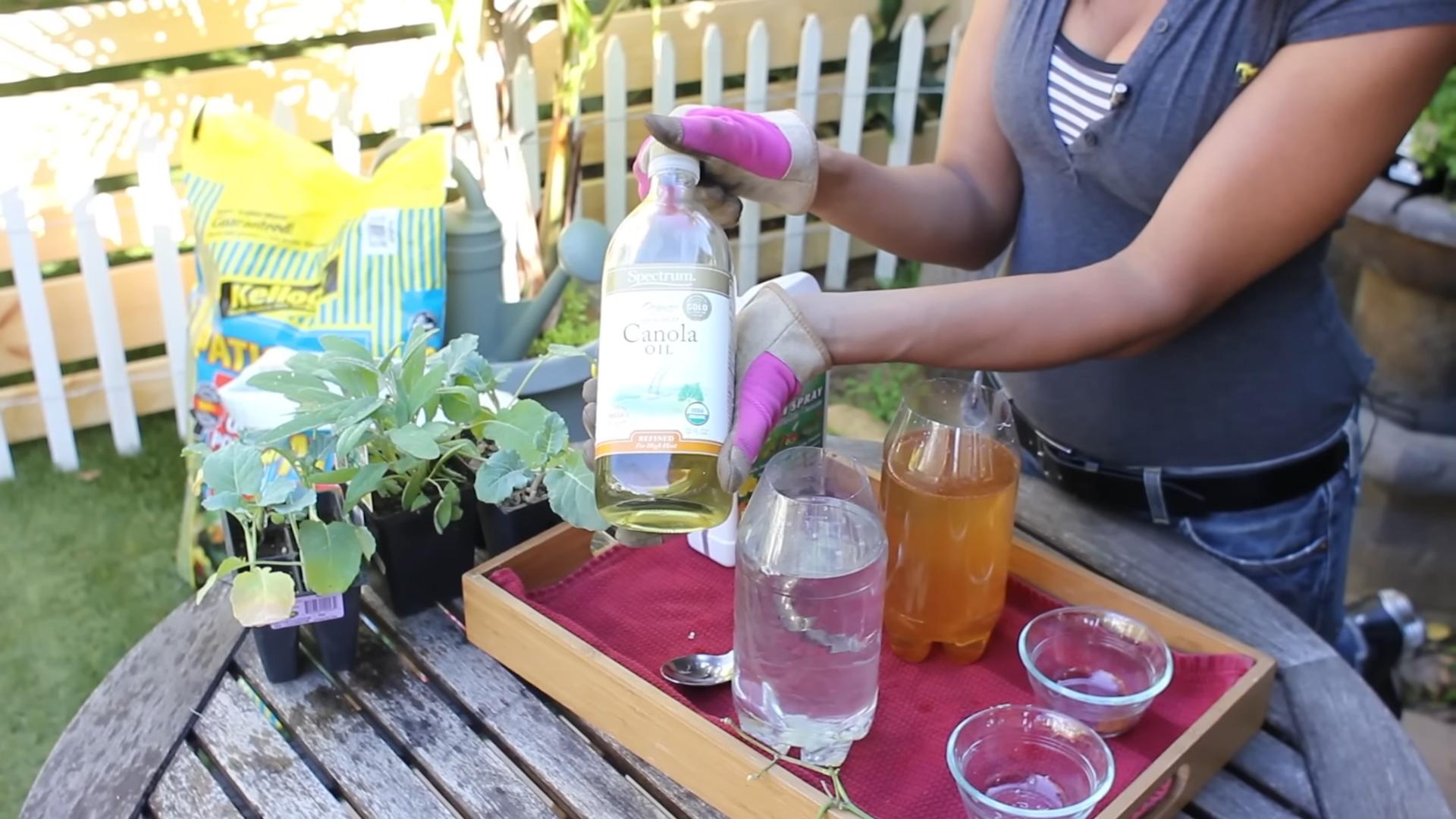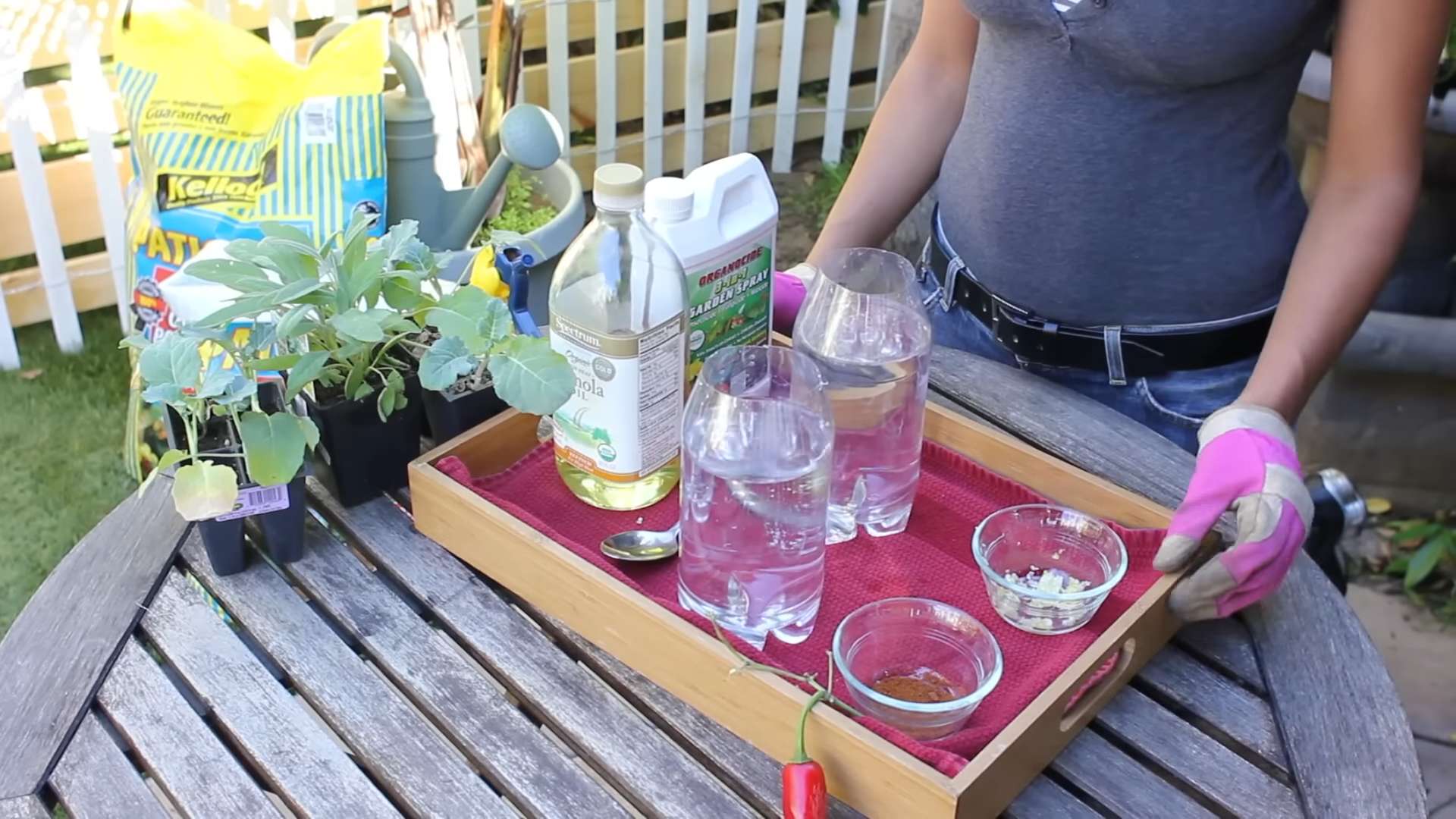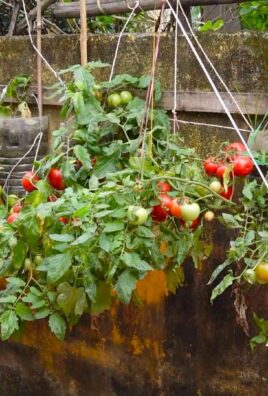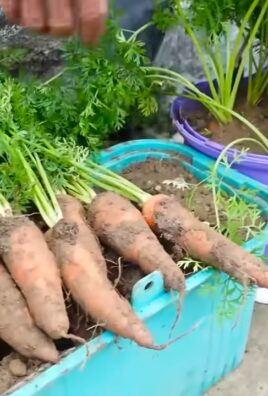DIY Eco Friendly Insecticide: Are pesky bugs turning your garden dreams into a frustrating nightmare? I know the feeling! You’ve lovingly nurtured your plants, only to find them under attack from unwanted critters. But before you reach for harsh chemicals, let’s explore a gentler, more sustainable solution.
For centuries, gardeners have relied on natural methods to protect their precious plants. From ancient civilizations using herbal remedies to modern-day organic farmers, the quest for effective, eco-friendly pest control is a timeless pursuit. Think about it – our grandmothers probably had their own secret recipes passed down through generations! These time-tested techniques often involve harnessing the power of readily available ingredients to create a DIY Eco Friendly Insecticide that’s safe for your plants, your family, and the environment.
Why is this so important now? Well, conventional insecticides can have harmful effects on beneficial insects like bees and butterflies, disrupt the delicate balance of your garden ecosystem, and even pose risks to human health. That’s why learning how to whip up your own natural bug spray is a game-changer. I’m going to show you some simple, effective recipes using ingredients you probably already have in your kitchen. Get ready to say goodbye to those unwanted guests and hello to a thriving, healthy garden, all while being kind to our planet!

DIY Eco-Friendly Insecticide: Protect Your Plants Naturally!
Hey there, fellow plant lovers! Are you tired of seeing your precious plants become a buffet for unwanted pests? I know I was! And I definitely didn’t want to resort to harsh chemicals that could harm beneficial insects, my pets, or even myself. That’s why I started experimenting with homemade, eco-friendly insecticides. And guess what? They work! I’m going to share my favorite recipe and techniques with you so you can keep your garden thriving, naturally.
Understanding the Problem: Common Garden Pests
Before we dive into the recipe, let’s quickly identify some common culprits. Knowing what you’re up against will help you tailor your approach. Some of the most frequent garden invaders include:
* Aphids: These tiny, sap-sucking insects can quickly multiply and weaken plants. Look for them on new growth and undersides of leaves.
* Spider Mites: These are incredibly small and create fine webs on plants. They cause leaves to become speckled and eventually turn yellow or brown.
* Whiteflies: These small, white, winged insects fly up when disturbed. They also suck sap and can transmit plant viruses.
* Caterpillars: These munching machines can devour leaves in no time.
* Thrips: These tiny, slender insects feed on plant tissues, causing distorted growth and silvery streaks on leaves.
The Magic Recipe: My Go-To Garlic and Chili Pepper Insecticide
This recipe is my absolute favorite because it’s effective against a wide range of pests, and it’s made with ingredients I usually have on hand. The garlic repels insects with its strong odor, while the chili pepper adds a spicy kick that they definitely don’t appreciate!
Ingredients You’ll Need:
* 4-5 cloves of garlic
* 1-2 fresh chili peppers (or 1-2 teaspoons of dried chili flakes) – adjust to your spice preference!
* 1 tablespoon of liquid dish soap (make sure it’s a gentle, unscented variety)
* 1 liter of water
Equipment:
* Cutting board
* Knife
* Measuring spoons
* Pot
* Strainer or cheesecloth
* Spray bottle
Step-by-Step Instructions: Making Your Insecticide
Okay, let’s get started! This process is super easy, I promise.
1. Prepare the Garlic and Chili: Finely chop the garlic cloves and chili peppers. If you’re using dried chili flakes, you can skip this step. I like to wear gloves when handling chili peppers to avoid any accidental eye contact later!
2. Infuse the Water: In a pot, combine the chopped garlic and chili peppers (or chili flakes) with the water. Bring the mixture to a boil, then reduce the heat and let it simmer for about 15-20 minutes. This will allow the active compounds from the garlic and chili to infuse into the water.
3. Cool and Strain: Remove the pot from the heat and let the mixture cool completely. Once cooled, strain the liquid through a fine-mesh strainer or cheesecloth to remove the solid pieces of garlic and chili. This is important to prevent clogging your spray bottle.
4. Add Dish Soap: Add the liquid dish soap to the strained liquid and stir gently to combine. The dish soap acts as a surfactant, helping the insecticide stick to the plant leaves.
5. Transfer to Spray Bottle: Pour the mixture into a clean spray bottle. Now your homemade insecticide is ready to use!
Using Your Insecticide: Application Tips and Tricks
Now that you’ve made your insecticide, it’s time to put it to work! Here are some tips to ensure you get the best results:
1. Test First: Before spraying your entire plant, test the insecticide on a small, inconspicuous area first. Wait 24 hours to see if there are any adverse reactions, such as leaf burn. This is especially important for delicate plants.
2. Spray Thoroughly: When spraying, make sure to cover all parts of the plant, including the undersides of the leaves where many pests like to hide.
3. Timing is Key: The best time to spray is in the early morning or late evening when the sun isn’t too strong. This will prevent the leaves from burning.
4. Repeat as Needed: You may need to reapply the insecticide every few days, especially after rain. Monitor your plants regularly for signs of pests and spray as needed.
5. Don’t Overdo It: While this insecticide is natural, it’s still important to use it sparingly. Over-spraying can disrupt the natural balance of your garden.
Alternative Recipes and Variations
While the garlic and chili pepper insecticide is my go-to, there are other variations you can try. Here are a few ideas:
* Neem Oil Spray: Neem oil is a natural insecticide derived from the neem tree. It’s effective against a wide range of pests and is also a fungicide. Mix 1-2 tablespoons of neem oil with 1 liter of water and a few drops of dish soap.
* Insecticidal Soap: You can also make a simple insecticidal soap by mixing 1-2 tablespoons of liquid dish soap with 1 liter of water. This is effective against soft-bodied insects like aphids and spider mites.
* Diatomaceous Earth (DE): This is a natural powder made from fossilized algae. It’s abrasive to insects and can be sprinkled around plants or mixed with water and sprayed. Make sure to use food-grade DE.
* Essential Oil Spray: Certain essential oils, like peppermint, rosemary, and clove, have insect-repelling properties. Mix a few drops of essential oil with water and a few drops of dish soap.
Preventative Measures: Keeping Pests Away in the First Place
Prevention is always better than cure! Here are some tips to help keep pests away from your garden in the first place:
* Healthy Soil: Healthy soil leads to healthy plants, which are more resistant to pests and diseases. Amend your soil with compost and other organic matter.
* Proper Watering: Overwatering or underwatering can stress plants and make them more susceptible to pests. Water deeply and less frequently, allowing the soil to dry out slightly between waterings.
* Good Air Circulation: Ensure good air circulation around your plants to prevent fungal diseases and deter pests. Space plants properly and prune regularly.
* Companion Planting: Certain plants can repel pests or attract beneficial insects. For example, marigolds are known to repel nematodes and other pests. Basil repels flies and mosquitoes.
* Attract Beneficial Insects: Encourage beneficial insects like ladybugs, lacewings, and parasitic wasps to visit your garden. These insects prey on common garden pests. You can attract them by planting flowers that provide nectar and pollen.
* Regular Inspection: Regularly inspect your plants for signs of pests or diseases. The sooner you catch a problem, the easier it will be to control.
Troubleshooting: What to Do If Your Insecticide Isn’t Working
Sometimes, even with the best efforts, your homemade insecticide might not be enough to completely eliminate a pest infestation. Here are some things to consider:
* Identify the Pest Correctly: Make sure you’ve correctly identified the pest you’re dealing with. Different pests require different approaches.
* Increase the Concentration: If your insecticide isn’t working, you can try increasing the concentration of the active ingredients. For example, you can add more garlic or chili pepper to the recipe.
* Try a Different Recipe: If one recipe isn’t working, try another. Different pests may be more susceptible to different ingredients.
* Consider a Commercial Organic Insecticide: If you’ve tried everything and you’re still struggling with a pest infestation, you may need to consider using a commercial organic insecticide. Look for products that are specifically designed for the pest you’re dealing with and that are safe for beneficial insects.
* Severe Infestations: For severe infestations, you may need to prune away heavily infested parts of the plant.
Important Considerations: Safety First!
While these insecticides are natural, it’s still important to take some precautions:
* Wear Gloves: Wear gloves when handling chili peppers or other potentially irritating ingredients.
* Avoid Eye Contact: Avoid getting the insecticide in your eyes. If you do, rinse thoroughly with water.
* Keep Out of Reach of Children and Pets: Store your insecticide in a safe place out of reach of children and pets.
* Don’t Spray on Edible Parts: Avoid spraying the insecticide directly on edible parts of plants, especially if you’re planning to harvest them soon. Wash produce thoroughly before eating.
Final Thoughts: Enjoy Your Pest-Free Garden!
I hope this guide has been helpful! Making your own eco-friendly insecticide is a rewarding way to protect your plants and the environment. With a little experimentation and persistence, you can create a thriving, pest-free garden without resorting to harmful chemicals.

Conclusion
So, there you have it! Crafting your own DIY Eco Friendly Insecticide is not only incredibly simple and cost-effective, but it’s also a powerful step towards protecting your garden and home from unwanted pests without resorting to harsh chemicals. Think about it: no more worrying about the potential harm to beneficial insects, your pets, or even your family. You’re in control, using ingredients you likely already have in your pantry.
This isn’t just about killing bugs; it’s about creating a healthier, more balanced ecosystem in your backyard. It’s about knowing exactly what you’re spraying on your plants and around your home. It’s about making a conscious choice to be more environmentally responsible.
But the benefits don’t stop there. The satisfaction of creating something yourself, something that actually works, is incredibly rewarding. Plus, you can customize your insecticide to target specific pests. For example, adding a few drops of peppermint essential oil can be particularly effective against ants, while a stronger garlic infusion can deter aphids and other sap-sucking insects. Experiment with different combinations of essential oils and herbs to find what works best for your garden’s unique needs. You could even try adding a small amount of diatomaceous earth to your spray for an extra layer of protection against crawling insects.
Remember, consistency is key. Regular application, especially after rain, will ensure that your plants remain protected. And don’t be afraid to adjust the concentration of your insecticide based on the severity of the infestation. A stronger solution might be needed for a heavy infestation, while a weaker solution is perfect for preventative maintenance.
We truly believe that this DIY approach is a game-changer for anyone looking to manage pests in a safe and sustainable way. It’s empowering, it’s effective, and it’s good for the planet.
So, what are you waiting for? Gather your ingredients, mix up a batch of your own DIY Eco Friendly Insecticide, and start protecting your garden today! We’re confident that you’ll be amazed by the results.
And most importantly, we want to hear about your experience! Share your successes, your challenges, and your variations in the comments below. Let’s build a community of eco-conscious gardeners who are committed to protecting our planet, one bug at a time. Your insights could help others discover the power of natural pest control and make a real difference in the world. Let us know what worked for you, what didn’t, and any tips or tricks you discovered along the way. Together, we can create a healthier and more sustainable future for our gardens and our planet.
Now, let’s address some frequently asked questions to ensure you have all the information you need to succeed.
Frequently Asked Questions (FAQ)
What exactly makes this insecticide “eco-friendly”?
This DIY Eco Friendly Insecticide relies on natural ingredients like soap, water, garlic, onions, and essential oils, which are biodegradable and less harmful to the environment compared to synthetic pesticides. Synthetic pesticides often contain chemicals that can persist in the environment, contaminate water sources, and harm beneficial insects, birds, and other wildlife. Our DIY version minimizes these risks, promoting a healthier ecosystem. The ingredients break down naturally, reducing the long-term impact on the environment. Furthermore, by making your own insecticide, you reduce the need for commercially produced products that often come with significant carbon footprints due to manufacturing, packaging, and transportation.
How often should I apply this DIY insecticide?
The frequency of application depends on the severity of the infestation and the weather conditions. As a general guideline, apply the insecticide every 7-10 days as a preventative measure. If you’re dealing with an active infestation, you might need to apply it every 3-5 days until the pests are under control. Always reapply after rain, as the rain will wash away the insecticide. Monitor your plants regularly for signs of pests and adjust the frequency of application accordingly. Remember, consistency is key to effective pest control.
Is this insecticide safe for all plants?
While generally safe, it’s always a good idea to test the insecticide on a small, inconspicuous area of the plant before applying it to the entire plant. Some plants, particularly those with delicate foliage, may be sensitive to certain ingredients, such as soap. If you notice any signs of damage, such as leaf burn or discoloration, dilute the insecticide further or discontinue use on that particular plant. It’s also best to avoid spraying plants during the hottest part of the day, as this can increase the risk of leaf burn.
Can I use any type of soap?
No, it’s crucial to use a pure castile soap or insecticidal soap. Avoid using dish soap or laundry detergent, as these often contain additives that can be harmful to plants. Castile soap is made from vegetable oils and is gentle on plants, while insecticidal soap is specifically formulated for pest control. These soaps work by disrupting the insect’s cell membranes, leading to dehydration and death. Using the wrong type of soap can damage your plants, so always double-check the ingredients before using it.
How long does this DIY insecticide last?
The shelf life of this DIY Eco Friendly Insecticide is relatively short, typically around 1-2 weeks. It’s best to make a fresh batch each time you need it to ensure maximum effectiveness. Store the insecticide in a cool, dark place in a tightly sealed container to prevent spoilage. You’ll know it’s gone bad if it develops a foul odor or changes color. Making smaller batches more frequently is preferable to storing a large batch for an extended period.
Will this insecticide harm beneficial insects like bees and ladybugs?
While this insecticide is generally safer than synthetic pesticides, it can still potentially harm beneficial insects if they come into direct contact with it. To minimize the risk, avoid spraying the insecticide during the day when bees and other pollinators are most active. Instead, spray in the early morning or late evening when they are less likely to be present. You can also try covering flowering plants with a cloth during application to protect pollinators. Remember, the goal is to target the pests while minimizing harm to beneficial insects.
Can I add other ingredients to this insecticide?
Yes, you can experiment with different ingredients to customize the insecticide to your specific needs. For example, adding a few drops of neem oil can provide additional pest control benefits, as neem oil is a natural insecticide and fungicide. You can also add herbs like rosemary, thyme, or lavender to repel certain pests. Just be sure to research the potential effects of any new ingredients before adding them to your insecticide. Always test the mixture on a small area of the plant first to ensure it doesn’t cause any damage.
What pests is this insecticide effective against?
This DIY Eco Friendly Insecticide is effective against a wide range of common garden pests, including aphids, spider mites, whiteflies, thrips, and mealybugs. It works by suffocating the insects and disrupting their feeding habits. However, it may not be as effective against larger or more resistant pests, such as caterpillars or beetles. In those cases, you may need to use a different pest control method or combine this insecticide with other natural remedies.
What if the infestation is really bad?
For severe infestations, you might need to take a multi-pronged approach. Start by manually removing as many pests as possible by hand or with a strong stream of water. Then, apply the DIY insecticide regularly, increasing the concentration if necessary. You can also try introducing beneficial insects, such as ladybugs or lacewings, to help control the pest population. In some cases, you may need to consult with a local gardening expert for additional advice. Remember, persistence and a combination of strategies are often needed to effectively manage severe infestations.





Leave a Comment